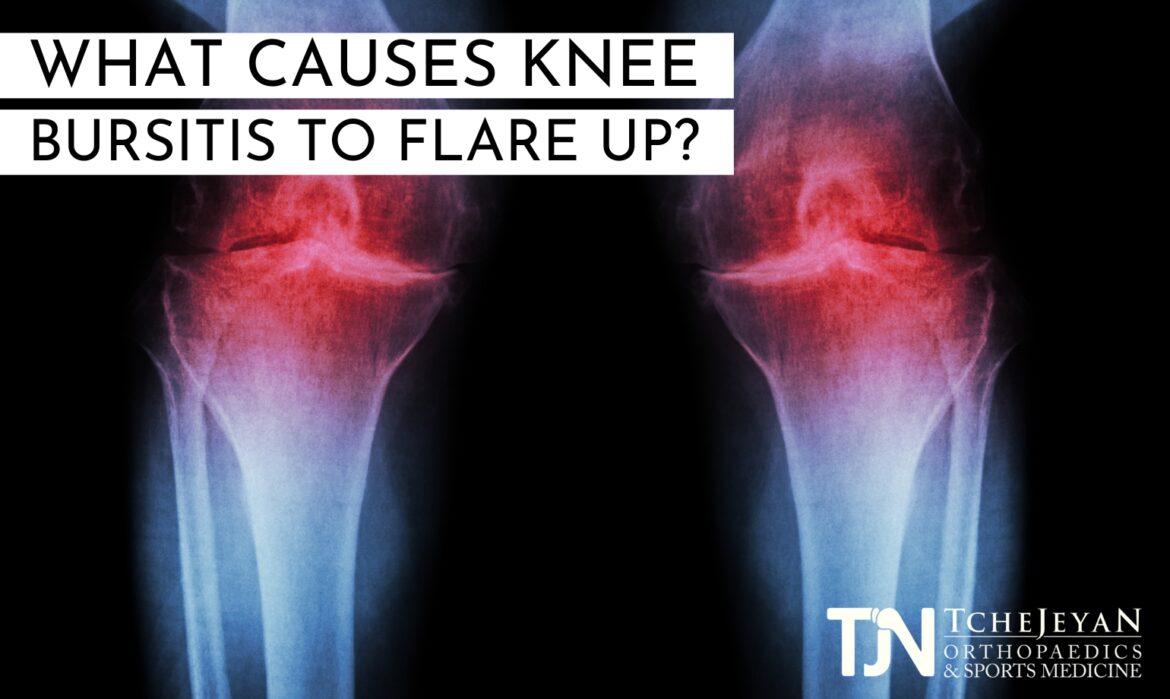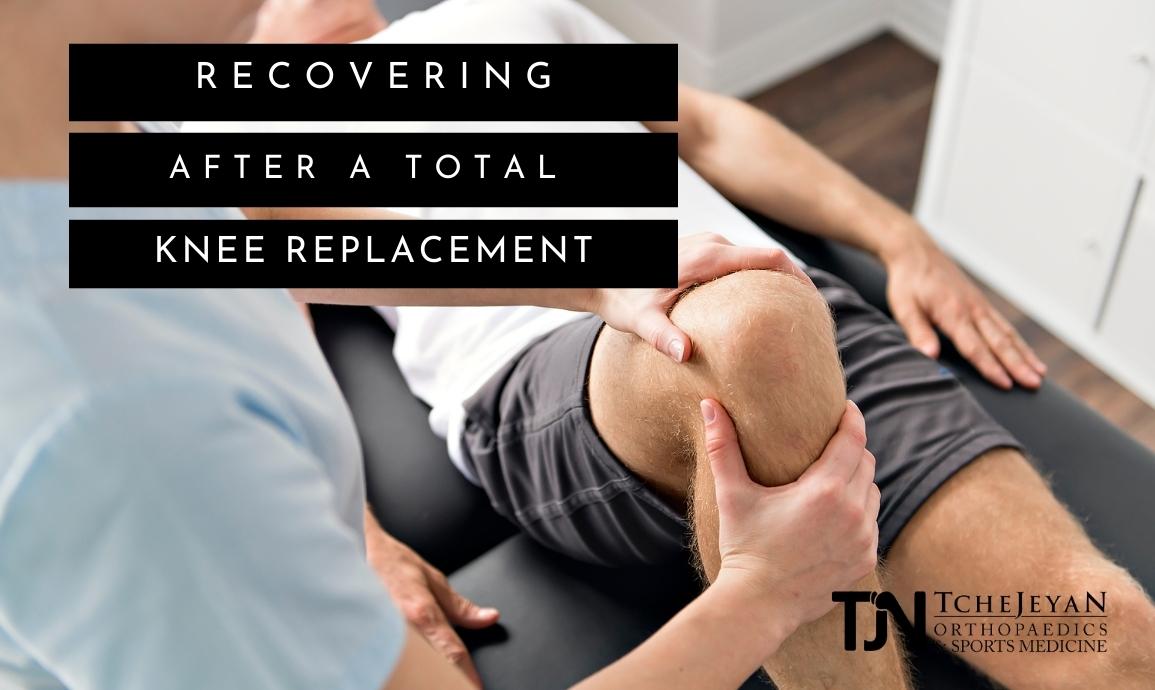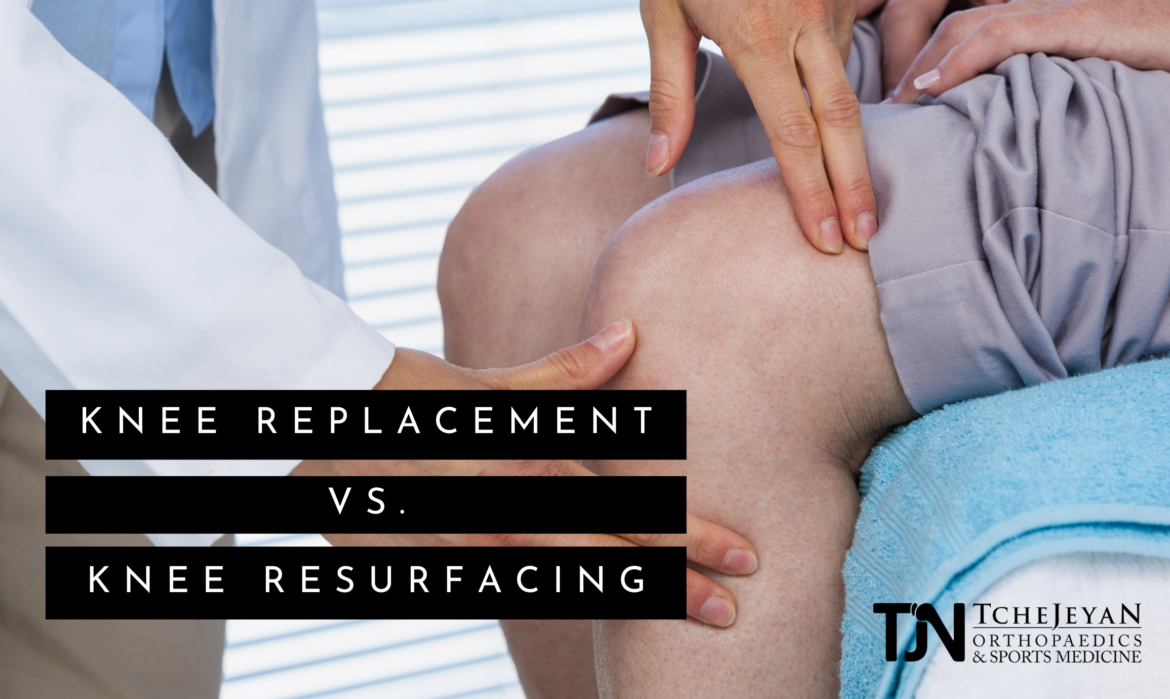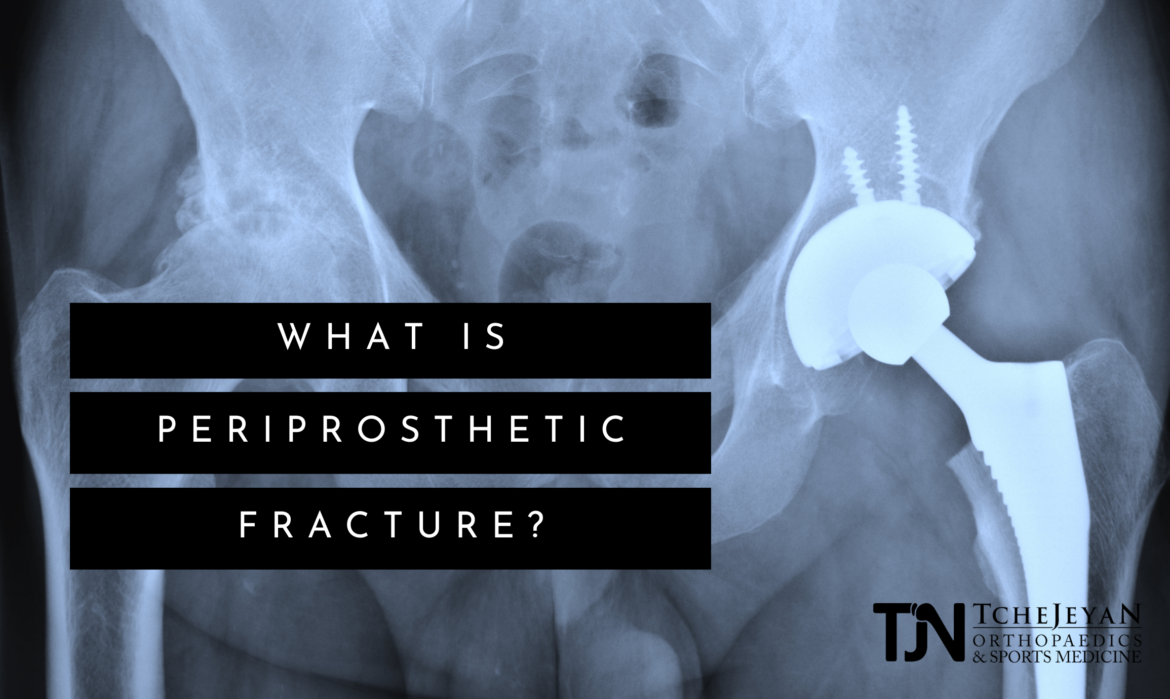How Is Patellar Tendonitis Diagnosed
What Causes Knee Bursitis to Flare Up
What Are The Benefits of Total Knee Replacement?
If you have been relatively healthy all of your life, you probably have not given much thought to how much you put your knees through. You rely on properly functioning knees for everyday activities like walking, sitting, standing, climbing up and down stairs, and even driving. When you add in activities like physical labor, athletics, dancing, or other strenuous pursuits, good knee function is critical to your overall physical performance. Knees help you move, keep you upright, and bear your weight.
When Is Partial Knee Resurfacing The Better Option?
The knee is the body’s largest joint, and one of the most heavily used parts of the body. Properly functioning knees are critical for balance, movement, and bearing weight. Nearly every normal daily activity involves knee functionality. So it is not surprising that, when you experience a knee problem, you want a solution.
Recovering After A Total Knee Replacement
Total knee replacement surgery is a procedure that can restore mobility to the knee and reduce and even eliminate the pain that may have been affecting you for years. Once you finally take this step and schedule the procedure, you won't regret your decision. Restoring function and mobility post-injury can be life changing.
Knee Replacement vs. Knee Resurfacing
Common Misconceptions About Joint Replacement Surgery
If you are struggling to function normally because of a problem with one of your joints, your doctor might recommend joint replacement surgery. While the proper surgery is a great way to rejuvenate your body and repair joint damage, many people are hesitant because they are worried about the long-term consequences. Today, we'll discuss some common misconceptions and have a closer look at knee anatomy and how repairing cartilage in the knee can be beneficial for you.
Complications with Joint Replacement Surgery
Any surgical procedure poses a certain level of risk. When it comes to joint replacement surgery, qualified surgeons take several precautionary measures to avoid potential complications. At TJN Orthopedics, Dr. Gregory H. Tchejeyan boasts some of the nation’s highest accuracy rates and lowest readmission rates. This is largely due to the extra measures he puts
What is Periprosthetic Fracture?
A periprosthetic fracture refers to a fracture around a joint replacement – either a hip or a knee. It’s becoming more common because there are more people getting hip and knee replacements. These people are mostly older and therefore experience symptoms like loss of reflexes or muscle atrophy. As a result, we tend to see
Functionality Post Surgery
One of the most common misconceptions that Dr. Tchejeyan has encountered through decades in orthopedics is that patients will have limited mobility after undergoing joint replacement surgery. Nothing could be further from the truth. In fact, Dr. Tchejeyan makes it his primary goal to remove pain and restore function in his patients. He’s been doing
- 1
- 2










